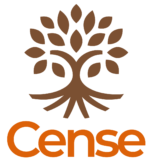Design Skills for The Present
If you wish to create something new or transform something, you’ll need to design. You must design well if you want that change to achieve something meaningful. What does that mean for designing in the present? What methods and approaches are fit-for-purpose when designing for living systems in the present? The mid 2010s and early […]
Design Skills for The Present Read More »




